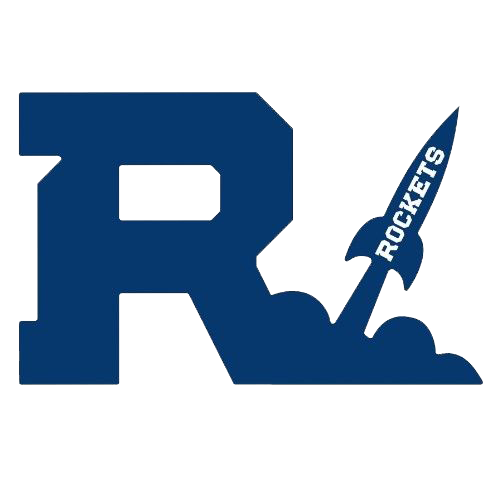Welcome
I believe there is no one magic theory that allows all children to learn the same. All theories must be working together for the best educational plan to be created for the student. Knowledge is not simply "passed on" from teacher to student; rather, teachers provide students with a classroom environment with the tools for, rather than the products of, learning. To be a successful educator takes more than awareness of theories and an ability to speak educational jargon. A good teacher is an individual who possesses an implicit understanding of developmental stages, respects individual learning styles, and is willing to go the extra mile to reach a student. Understanding these theories is the key to an individual's success. There are many children who do not succeed academically, because they have been labeled difficult or unable to learn. The reality is that children grow through a series of definable but not rigid stages, and schooling should fit its activities to the developmental level of students. Curriculum needs to be flexible enough to incorporate different learning styles including sensory needs, abilities, interests and environmental aspects. The best starting point for true learning is the students' real interest. Investigating student led questions should take precedence over "covering" arbitrarily and distantly selected content.
The teacher has a responsibility to make the classroom a place where all students can be successful: the visual learner, the aural learner, and the tactile learner. The theories show that active, hands-on, concrete experiences are the most powerful and natural form of learning. Students should be immersed in the most direct possible experience in the content of every subject. Yet this must be balanced with opportunities to reflect, to debrief, and to apply what they have experienced and learned. This approach will allow students to develop true understanding of concepts as well as higher order thinking skills
Students will rise or fall to the expectations that teachers and parents set for them. All the theories say that if the expectations for the student, regardless of the disability, are high, then the student will perform highly. Students learn best when faced with genuine challenges, choices, and responsibility for their own learning. It is not unrealistic to require that homework be handed in on time, or that students be prepared for class. Student discipline should be consistent, fair and firm. The student should be aware of what is acceptable behavior and the consequences which will arise when the rules are broken. Although a school is no substitute for a strong, stable home, it is a place to foster responsibility, accountability, caring and respect.
As a teacher, one has a responsibility to incorporate all theories into the educational process. It is a shared responsibility to prepare lifelong learners, who will become literate, self-disciplined, independent, creative, and confident individuals. Educators must understand the balance between the environment and medical factors. The cognitive and behavior issues, positive and negative, will be influenced by these factors. Sensory learning is a product of all four theories. A teacher who can incorporate these theories is a successful teacher.
The teacher has a responsibility to make the classroom a place where all students can be successful: the visual learner, the aural learner, and the tactile learner. The theories show that active, hands-on, concrete experiences are the most powerful and natural form of learning. Students should be immersed in the most direct possible experience in the content of every subject. Yet this must be balanced with opportunities to reflect, to debrief, and to apply what they have experienced and learned. This approach will allow students to develop true understanding of concepts as well as higher order thinking skills
Students will rise or fall to the expectations that teachers and parents set for them. All the theories say that if the expectations for the student, regardless of the disability, are high, then the student will perform highly. Students learn best when faced with genuine challenges, choices, and responsibility for their own learning. It is not unrealistic to require that homework be handed in on time, or that students be prepared for class. Student discipline should be consistent, fair and firm. The student should be aware of what is acceptable behavior and the consequences which will arise when the rules are broken. Although a school is no substitute for a strong, stable home, it is a place to foster responsibility, accountability, caring and respect.
As a teacher, one has a responsibility to incorporate all theories into the educational process. It is a shared responsibility to prepare lifelong learners, who will become literate, self-disciplined, independent, creative, and confident individuals. Educators must understand the balance between the environment and medical factors. The cognitive and behavior issues, positive and negative, will be influenced by these factors. Sensory learning is a product of all four theories. A teacher who can incorporate these theories is a successful teacher.

